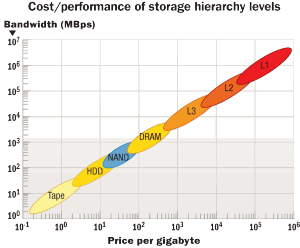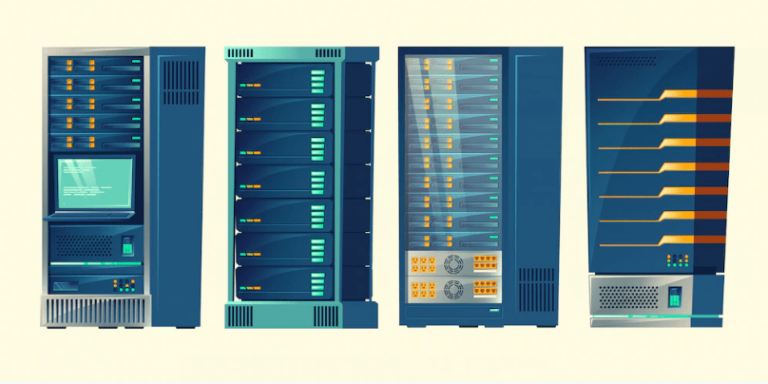Intel has introduced two new versions of its Atom processor aimed at NAS devices for SMBs and home offices, the 1.8GHz Atom D425 single-core and D525 dual-core processors.
Intel officials say the processors boost performance with higher CPU frequencies for faster storage processing, and will support the new memory technology DDR3 small outline dual in-line memory modules (DDR3 SODIMM).
The new processors are optimized for NAS appliances. Both chips are paired with the Intel 82801 IR I/O Controller, and both support the Microsoft Windows Home Server and Linux operating systems.
“Networked storage appliances based on the Intel Atom processor platform enable consumers and businesses to organize, manage, protect and share documents, photos, videos and music throughout the home or office,” Dinesh Rao, product line manager for Intel’s storage group, said in a statement. “The Atom processor, which is at the heart of a growing variety of . . . Internet-connected devices, makes it possible for storage vendors to develop low-power [NAS] appliances.”
Intel first introduced Atom chips for the NAS market in March with the D410 single-core and D510 dual-core processors. Since then, a variety of storage vendors have announced products based on the processors, including Acer, Cisco, LaCie, LG Electronics, NETGEAR, QNAP, Super Micro, Synology and Thecus.
Intel claims that the chips only draw 14 to 17 watts, compared with the 35 to 40 watts that even a low-power Celeron processor draws. And because Atom chips draw less power, they run cooler, supporting fan-less designs.
The play for the NAS market is part of an overarching effort on Intel’s part to extend its Atom processors beyond netbooks. Last week, at its Intel Developer Forum in China, the chip giant made a number of embedded and Atom-related announcements, starting with a partnership with China Mobile and a new system-on-a-chip (SoC).
The new SoC, codenamed “Tunnel Creek,” is an Atom processor based on Intel’s upcoming Moorestown Atom processor and will be targeted at embedded devices such as home media, handheld devices and in-car systems.




